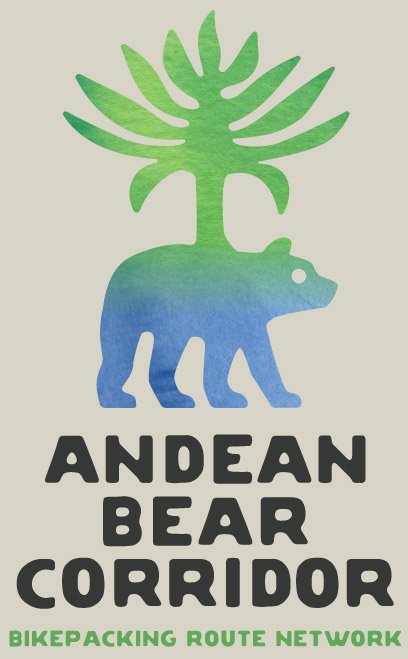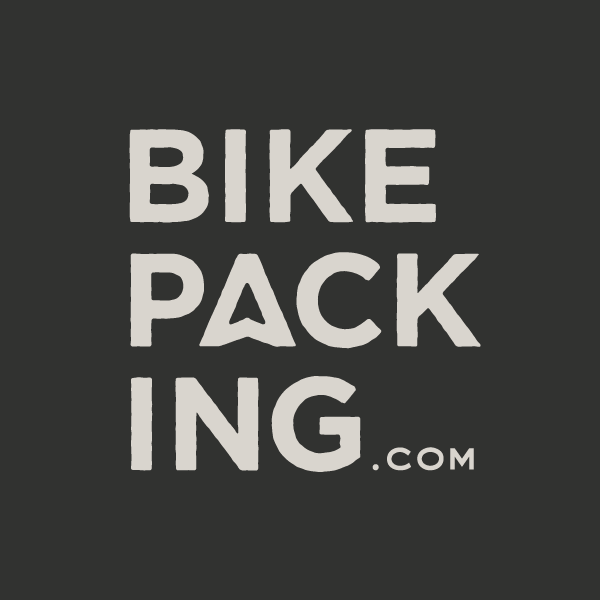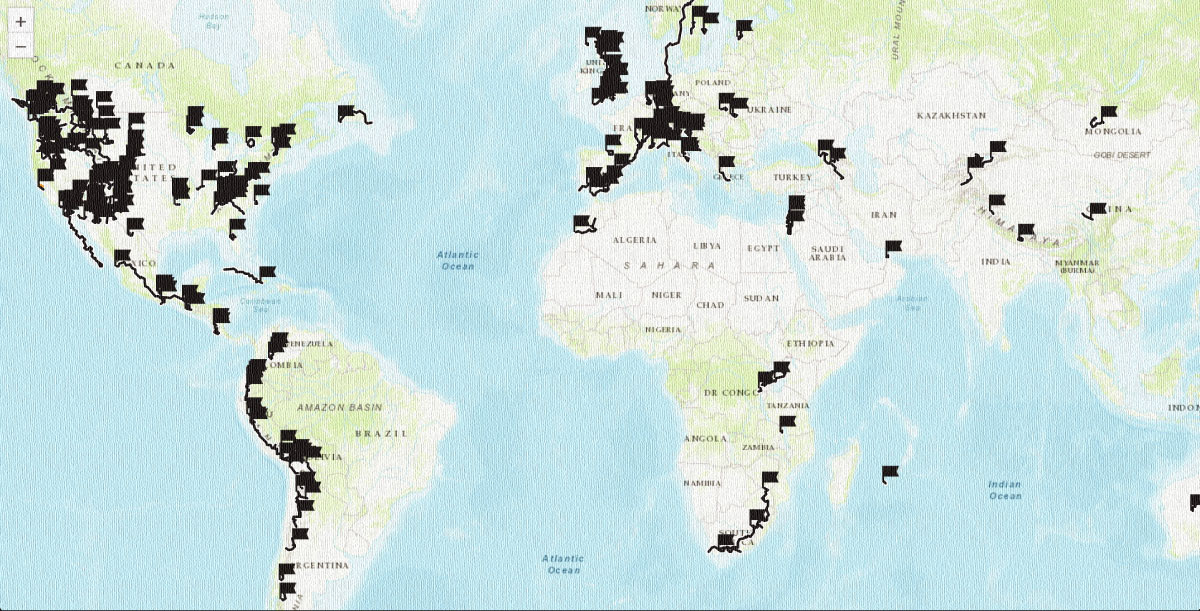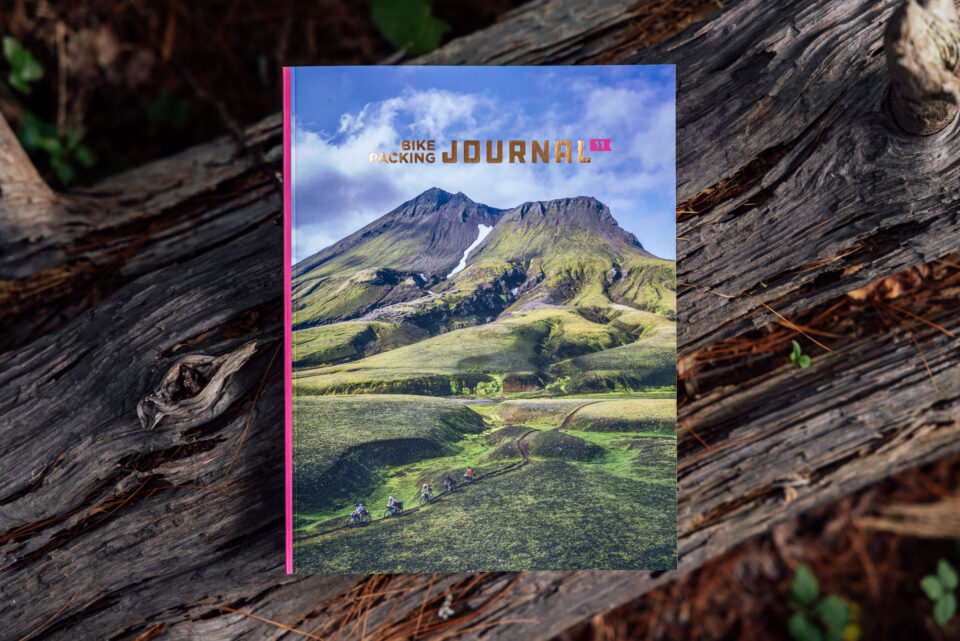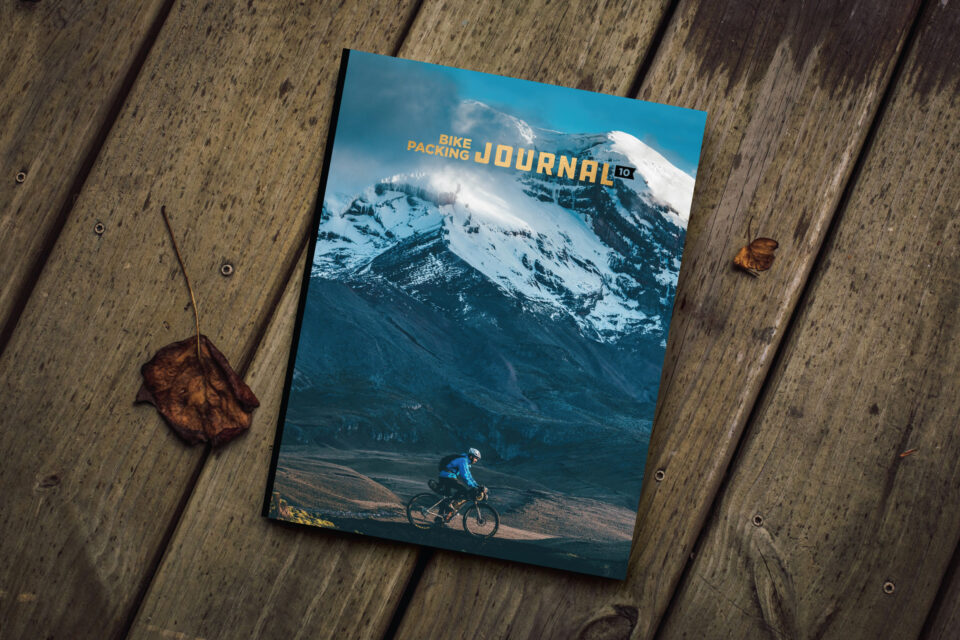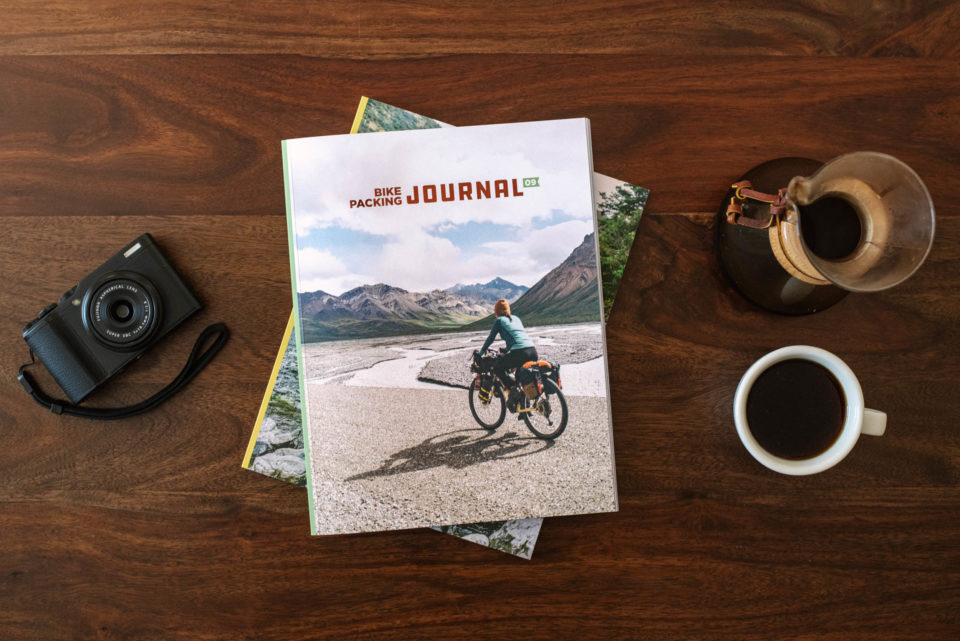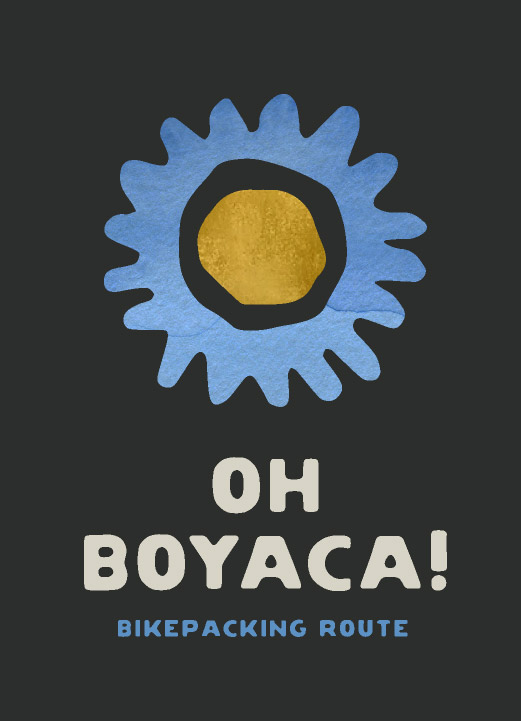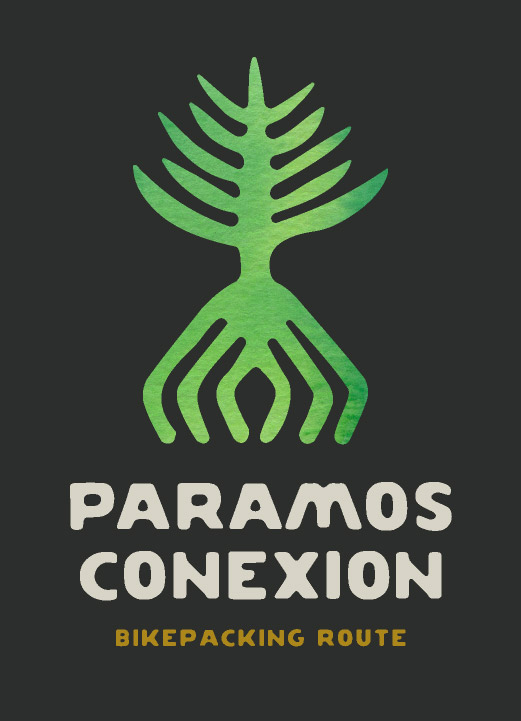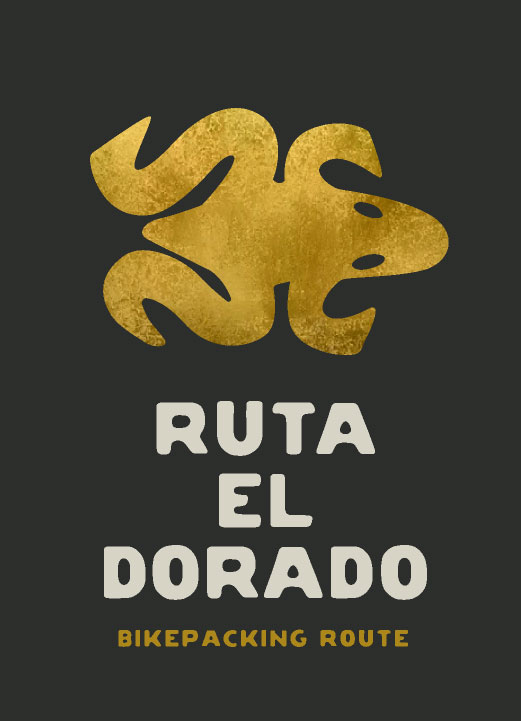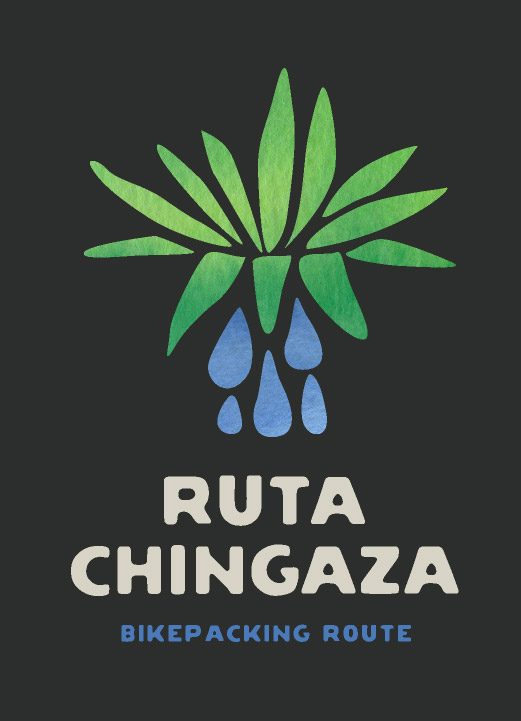The Andean Bear Corridor Routes evolved out of a pilot project that was launched in 2020 to design bikepacking routes that help connect cyclists to nature, and in doing so, allow them to better understand and support local conservation efforts. Our initial route – Ruta Chingaza – crossed the iconic páramos and cloud forests that surround the city of Bogotá, with the crux of the route traversing Chingaza National Park, which is responsible for 70% of the water in Bogotá. As part of this project, Conservation International-Colombia has been in close communication with the park authorities for the past three years to support them in developing an ecotourism strategy that would allow cycling in the national park in a safe and responsibly way that is appropriate for these sensitive ecosystems. Not only will this help connect Bogotános with their natural heritage, it will also provide opportunities to develop ecotourism ventures that support the work of the Colombian National Park system and local conservation organizations. While this strategy has been delayed by COVID-19 and other factors over the past few years, Chingaza National Park anticipates officially launching their tourism strategy in 2023.
In the interim, the Bikepacking for Conservation Program has been working to provide riders with a catalogue of routes for different riding experiences. We have scouted a new route, Ruta El Dorado, and integrated existing routes such as Oh Boyaca! and the Paramos Conexion to create a network of interconnected routes called the Andean Bear Corridor Routes.
As part of this broader initiative, Conservation International-Colombia has been working with a network of local beneficiaries, ecotourism outfitters, and Colombian municipalities to integrate and build the capacity of local communities to benefit from the bike tourism that this project will generate.
The Andean Bear Corridor Route is rooted in deep and trusted relationships with local stakeholders, whether it be rural communities, local government, outdoor recreation professionals, or sustainable tourism operators. It is designed to advance local conservation efforts and benefit the communities that depend on nature. For all those reasons, and recognizing the potential of the project for positive impact, we will be rolling out the full catalogue of routes contained within the Andean Bear Corridor Network, including Ruta Chingaza, gradually throughout 2023, starting with Ruta El Dorado, Oh Boyaca!, and the Paramos Connexion. This will allow us to make the final adjustments to the routes, finalize our capacity building efforts with local stakeholders, and prepare for the launch of an expanded experience that benefits local communities, cyclists, and conservation efforts alike.
While new and immediate riding opportunities are unveiled with this expansion, we have also decided to temporarily pull down Ruta Chingaza until it is officially rideable. All signs point in the right direction for an opening for the 2023 riding season, so please check back in in the new year for further updates on an exact timeline.
The trails themselves incorporate a diverse array of surfaces, but are mostly made up of a mix of gravel and dirt roads with some stretches of pavement and primary roads. The vast majority of the roads are in good condition, and many integrate with existing cycling routes that are maintained and sign-posted. But come prepared to experience some loose and chunky doubletrack. The weather can make a big difference in terms of your overall riding experience and safety, and you should come ready for any eventuality. Expect some challenging double-digit inclines, which, combined with loose and wet soil after a heavy rain, can prove challenging for even the most experienced cyclists. We recommend taking your time and stopping for frequent breaks, not just to catch your breath but also to enjoy, interact, and engage with the people and nature you will meet along the way. While most of the routes are within just 20 kilometers of the city of Bogotá, cyclists will be surprised by how quiet and remote these areas are – the perfect opportunity to get away from the hustle and bustle of the city.
Low gears and voluminous tires are key for the area’s many steep climbs! Most people ride the Andean Bear Corridor Routes on gravel-oriented drop-bar rigs, though many have used mountain bikes as well, which have proven to be an excellent choice. Looking for a bike shop or equipment in Bogotá? There are plenty of bike shops and bike repair stations. We recommend 14 OchoMiles. They have several locations across the city, a couple of which stock camping and bikepacking equipment. Learn more over at
14ochomiles.com.
We recommend riding these trails in the dry season, which is typically from the end of November until March and early summer between June and July. However, the climate of this region is variable and unpredictable, and the effects of El Niño and La Niña can shift the wet and dry season dramatically year to year. Variability is likely to get even more unpredictable in light of the effects of climate change. We recommend that riders stay flexible with the amount of time they give themselves to ride these trails – make sure to build in buffer time to acclimate to the high altitudes before riding too.
